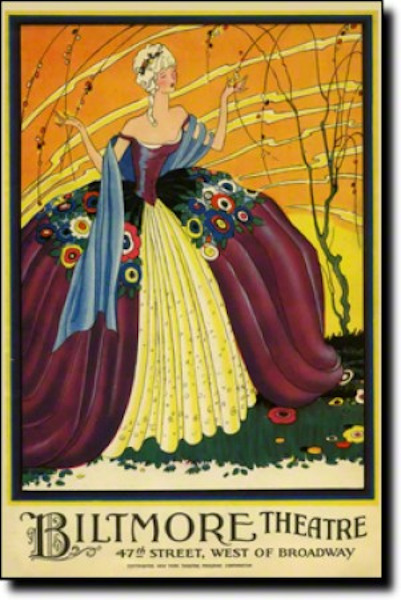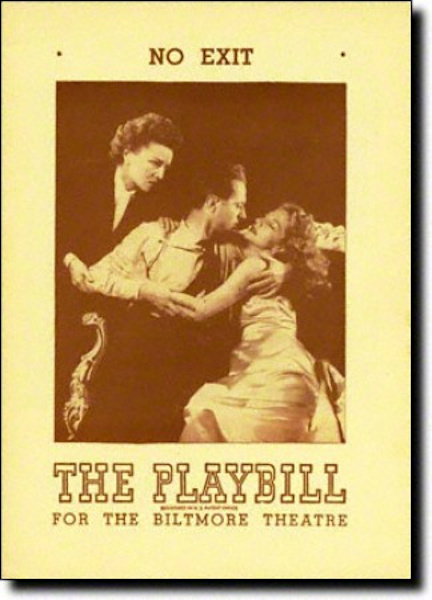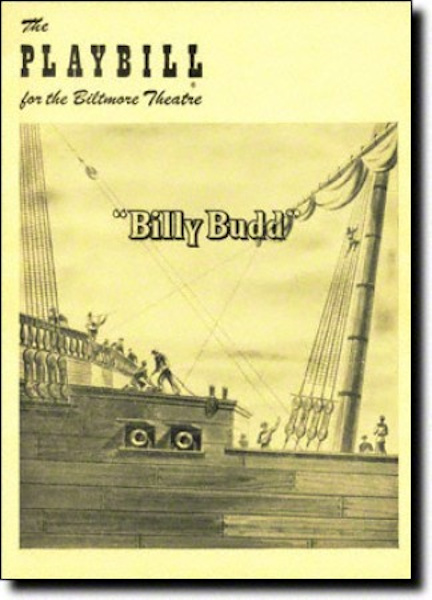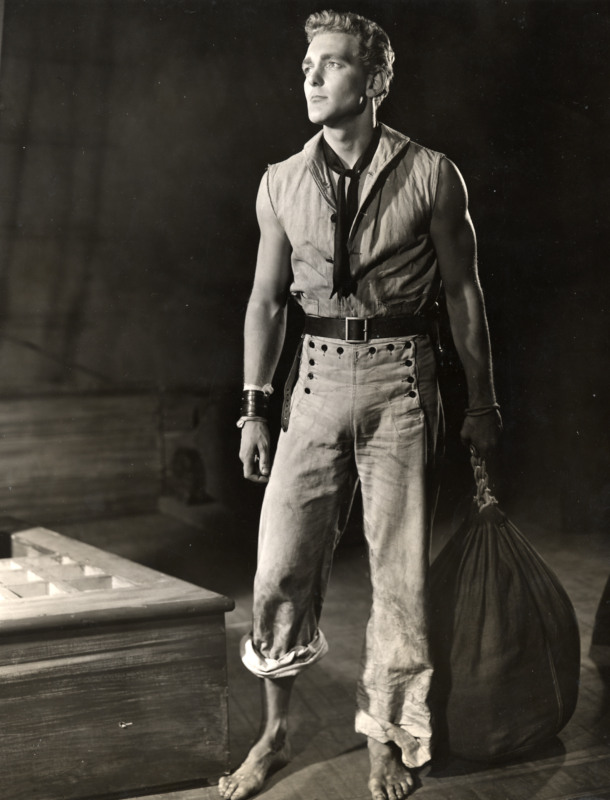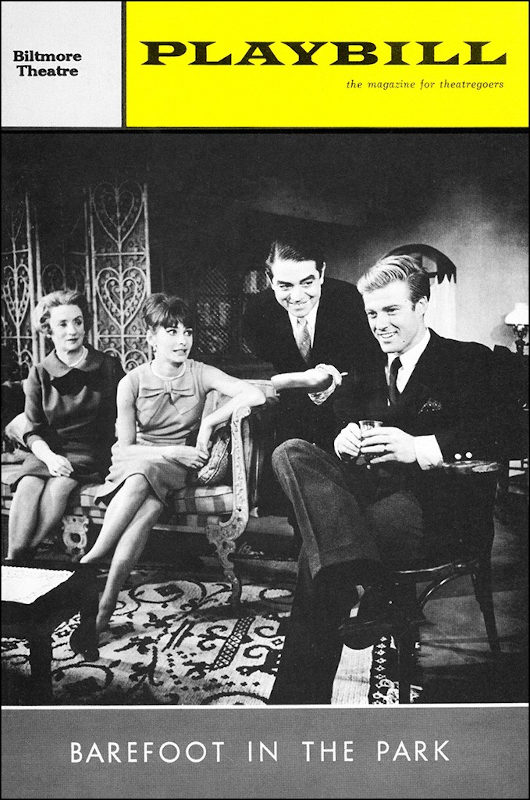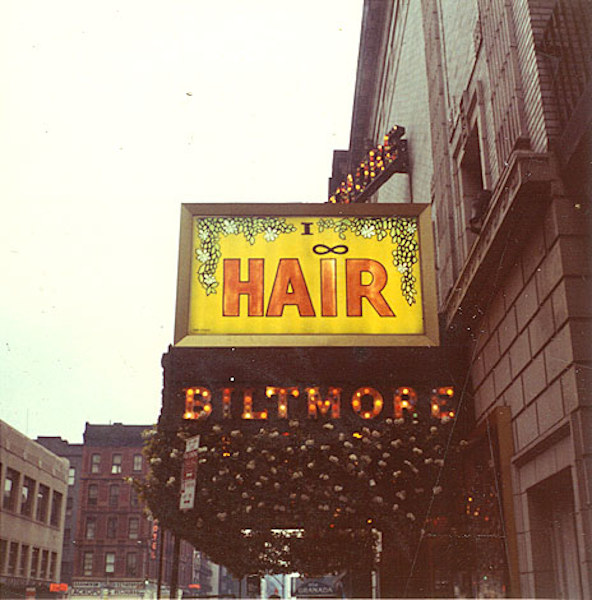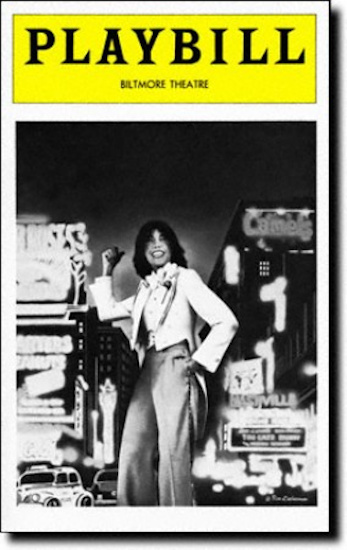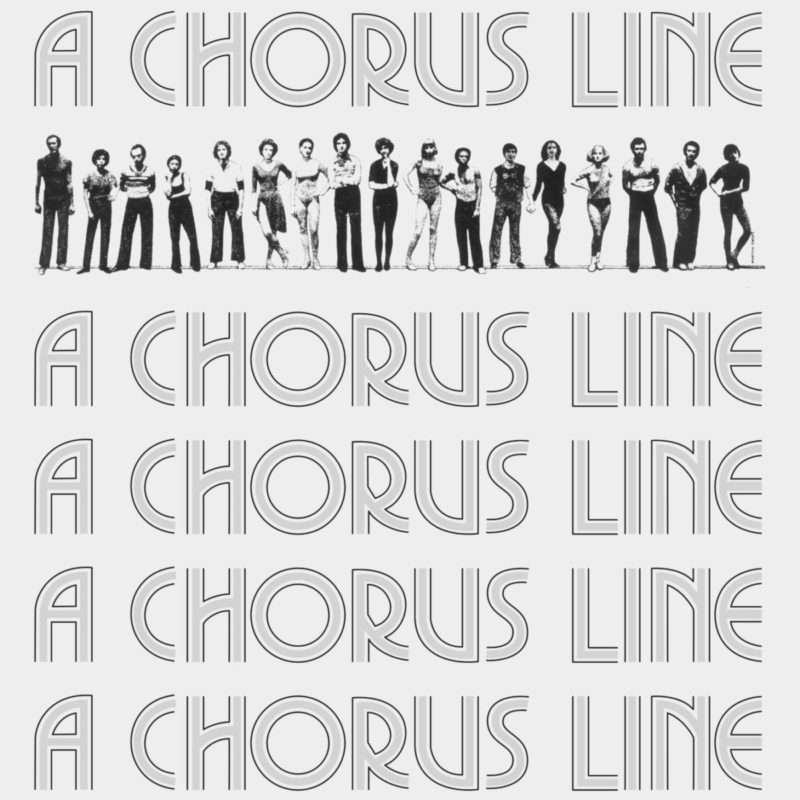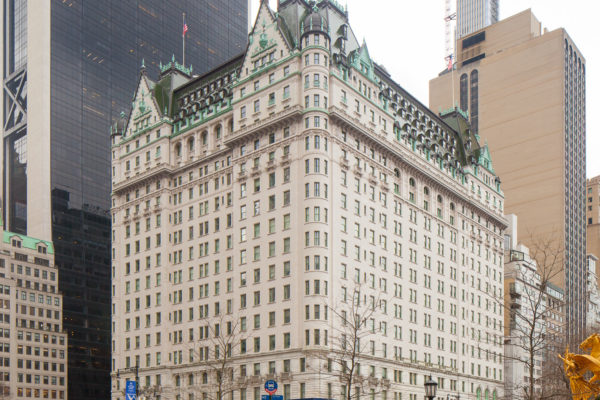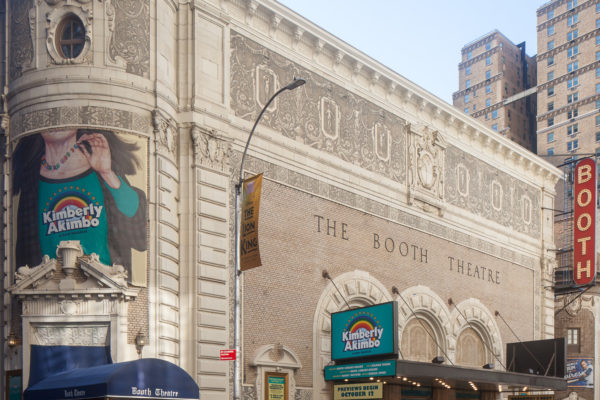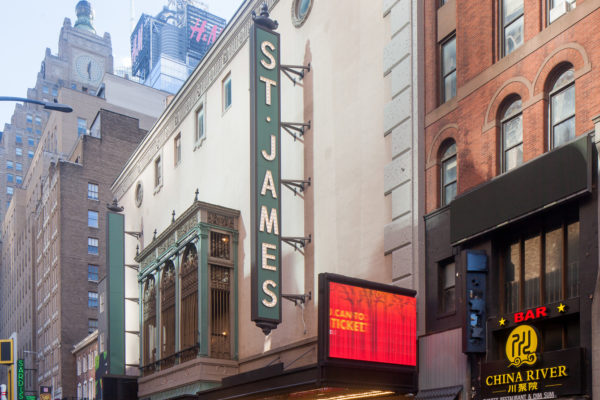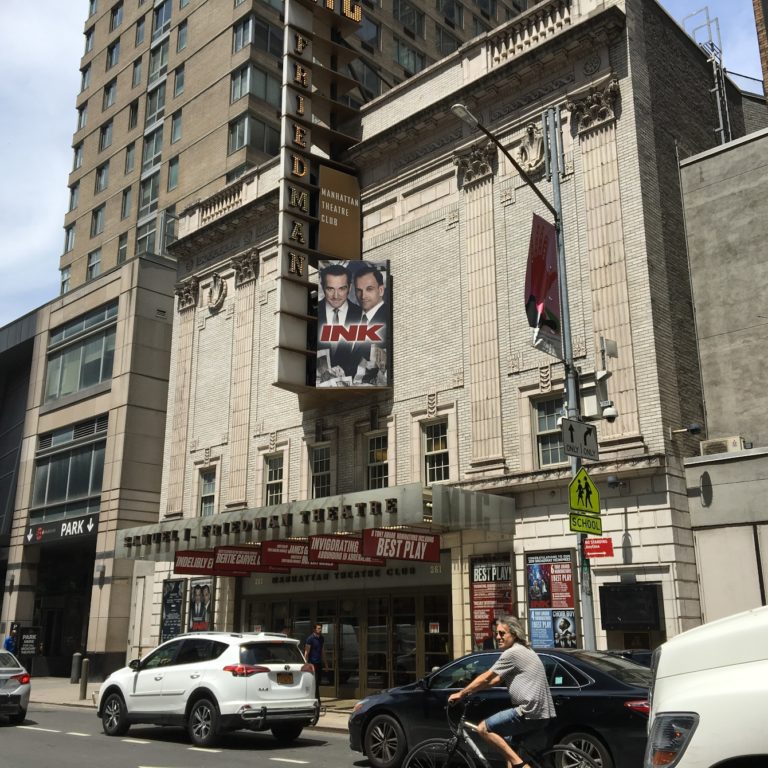
Samuel J. Friedman Theater (originally Biltmore Theater)
overview
Opened as the Biltmore Theater in 1926 and renamed the Samuel J. Friedman Theater in 2008, this venue has staged multiple productions involving major LGBT performers and creators, including Paul Jabara, Farley Granger, Noel Coward, Florence Klotz, and Claudette Colbert, among others.
Mae West’s Pleasure Man (1928) ran for only two performances here before being raided by police for depicting five female impersonators in the final scene. No Exit (1946), adapted by Paul Bowles, featured a very rare lesbian character on Broadway in the period from World War II to 1975.
On the Map
VIEW The Full MapHistory
This venue was originally known as the Biltmore Theater. Despite the Wales Padlock Law (1927), which forbade the depiction of “sex perversion” on stage, and which remained on the books until 1967, lesbian and gay characters did make it onto the Broadway stage at the Biltmore. Mae West’s Pleasure Man, which depicted five female impersonators in the final scene, ran for two weeks in the Bronx and Queens, but was raided by police after only two performances here on October 1 and 2, 1928. No Exit (1946), by Jean-Paul Sartre and adapted by Paul Bowles, featured a very rare lesbian character on Broadway in the period from World War II to 1975. Billy Budd (1951) based on the homoerotic novel by Herman Melville, was directed by Norris Houghton, and starred Charles Nolte as Billy.
Several later shows at the Biltmore featured gay male characters:
- Loot (1968) by Joe Orton, with scenic design by William Ritman, and with actor George Rose
- Flowers (1974), a mime and music show by and with Lindsay Kemp, based on Jean Genet’s novel Our Lady of the Flowers
- Hair (1968-72 and 1977), a big LGBT-associated hit at the Biltmore, with book and lyrics by Gerome Ragni and James Rado, directed by Tom O’Horgan, and with actors Rado and Paul Jabara (opened at the Public Theater)
- Deathtrap (1982), another big LGBT-associated hit at the Biltmore, with scenic design by William Ritman, and with actor Farley Granger (opened at the Music Box Theater)
Other productions by LGBT creators and with LGBT performers at the Biltmore included:
- The Barker (1927), with actor Claudette Colbert
- Tin Pan Alley (1928), with actor Claudette Colbert
- The Marquise (1927-28) by Noel Coward
- Philip Goes Forth (1931) by George Kelly
- Janie (1942-43), with actor Alfred Alderdice (Tom Drake) (opened at Henry Miller’s Theater)
- Therese (1945), with actor Eva Le Gallienne
- The Whole World Over (1947), with actor Sanford Meisner
- Take Her, She’s Mine (1961-62), with costume design by Florence Klotz
- Barefoot in the Park (1963-67), a big hit, with scenic design by Oliver Smith
- Find Your Way Home (1974), with scenic design by William Ritman (opened at the Brooks Atkinson Theater)
- Knock Knock (1976), directed by Marshall W. Mason, and with scenic design by John Lee Beatty
- Appearing Nitely (1977) by Jane Wagner, and with actor Lily Tomlin
- The Kingfisher (1978-79), with actors Claudette Colbert and George Rose
- Cheaters (1978), directed by Robert Drivas
- Up in One (1979) by Peter Allen and Craig Zadan, with Allen also performing
- To Grandmother’s House We Go (1981), with actor Eva Le Gallienne
- The Supporting Cast (1981) by George Furth, with scenic design by William Ritman, and with actor Sandy Dennis
- A Talent for Murder (1981), with scenic design by Oliver Smith, and with actor Claudette Colbert
- Doonesbury (1983-84), with actor Gary Beach
- Stardust (1987), with actor André De Shields
Entry by Jay Shockley, project director (June 2019, with multiple additions).
NOTE: Names above in bold indicate LGBT people.
Building Information
- Architect or Builder: Herbert J. Krapp
- Year Built: 1925-26
Sources
“The 1st List of: Gay/Lesbian/Bi Industry People, Both in Front and Behind the Camera,” www.imdb.com, May 31, 2013.
Adam Hetrick, “The Work of Broadway’s Gay and Lesbian Artistic Community Goes on Display Nov. 14 When the Leslie/Lohman Gay Art Foundation Gallery Presents ‘StageStruck: The Magic of Theatre Design’,” Playbill, November 14, 2007.
Biltmore Theater Interior Designation Report (New York: Landmarks Preservation Commission, 1987).
Internet Broadway Database.
Kaier Curtin, “We Can Always Call Them Bulgarians”: the Emergence of Lesbians and Gay Men on the American Stage (Boston: Alyson Publications, 1987).
Do you have more information about this site?
This project is enriched by your participation! Do you have your own images of this site? Or a story to share? Would you like to suggest a different historic site?
